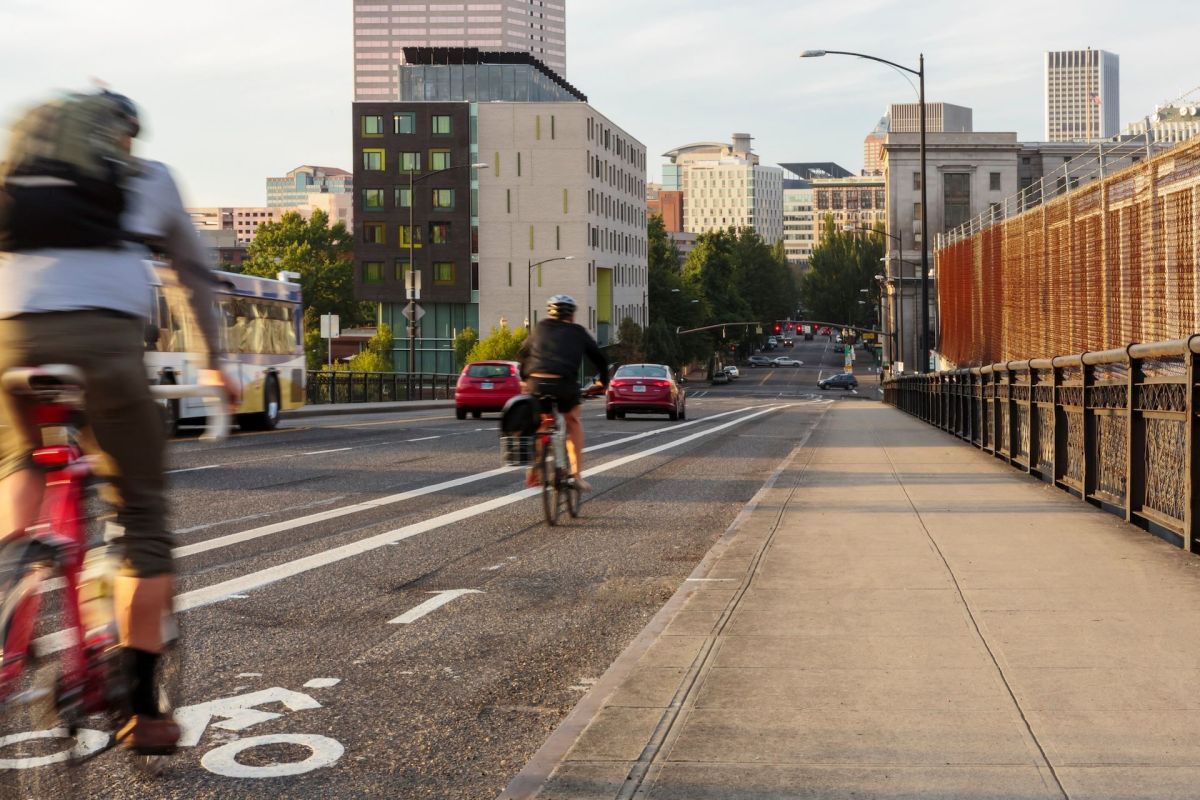There's a clear way that city planners can save lives on bustling streets, according to research from two universities: Keep bikes and cars separated.
That's the advice from researchers from the University of Colorado Denver (UCD) and the University of New Mexico, who studied fatalities, accidents, and bike/vehicle traffic flows.
Their key finding was that cities with protected and separated lanes for bicyclists had "44% fewer deaths than the average city," according to a report by Streetsblog USA about the university research.
"Protected, separated bike facilities [were] one of our biggest factors associated with lower fatalities and lower injuries for all road users," study co-author Professor Wesley Marshall, from UCD, told Streetsblog.
The data was collected over 13 years from 12 big United States cities, including Denver, Dallas, and San Francisco. Researchers probed more than 17,000 fatalities and 77,000 severe injuries, according to their summary on ScienceDirect.
As an aside, Streetsblog said the researchers also looked at gentrification, which should be considered in regard to equity and safety issues for future analysis, they reported.
Generally, the results strongly support protective measures, per Streetsblog, including an estimate that cities with a protected bike facility would have 50% fewer serious injuries than the average city.
Bike commuters in Portland jumped from 1.2% to 7% from 1990 to 2015, while fatality numbers dropped 75%. In Seattle, deadly accidents dropped 60.6%, per Streetsblog.
It's not just about safety. A 2015 study from UCLA claimed that cities with thriving bike commuters have economic growth. In fact, bike-related revenue is estimated to be as formidable as $133 billion nationally, with 1.1 million jobs and $17.7 billion in tax generation, according to statistics from the League of American Bicyclists. Those numbers, however, are a decade old and may have changed as cities build out better bicycling pathways.
The best scenario for city planners is to dedicate and protect the bike lanes. The researchers reported that simply painting lanes or bike symbols on existing streets was "worse than [doing] nothing."
"It gives people a false sense of security that's a bike lane. It's just a sign telling cyclists it might just be there," Marshall told Streetsblog.
Improving bike safety can help traffic safety generally, and it's healthy in other ways because bikes don't produce air pollution. If more commuters choose to pedal, it will result in cleaner air for everyone in the city.
"If you're going out of your way to make your city safe for a broader range of cyclists ... we're finding that it ends up being a safer city for everyone," Marshall said to Streetsblog.
Join our free newsletter for cool news and cool tips that make it easy to help yourself while helping the planet.









